This is my entry for the #POBPhotocontest with the theme FLYING.
On this occasion I make my entry to this contest with the wonderful guitar wasp (Polistes instabilis).
This time I was lucky because I was able to take some very interesting shots. According to my neighbors' experiences wasps are usually quite unstable since they can be fine and suddenly change and become aggressive.
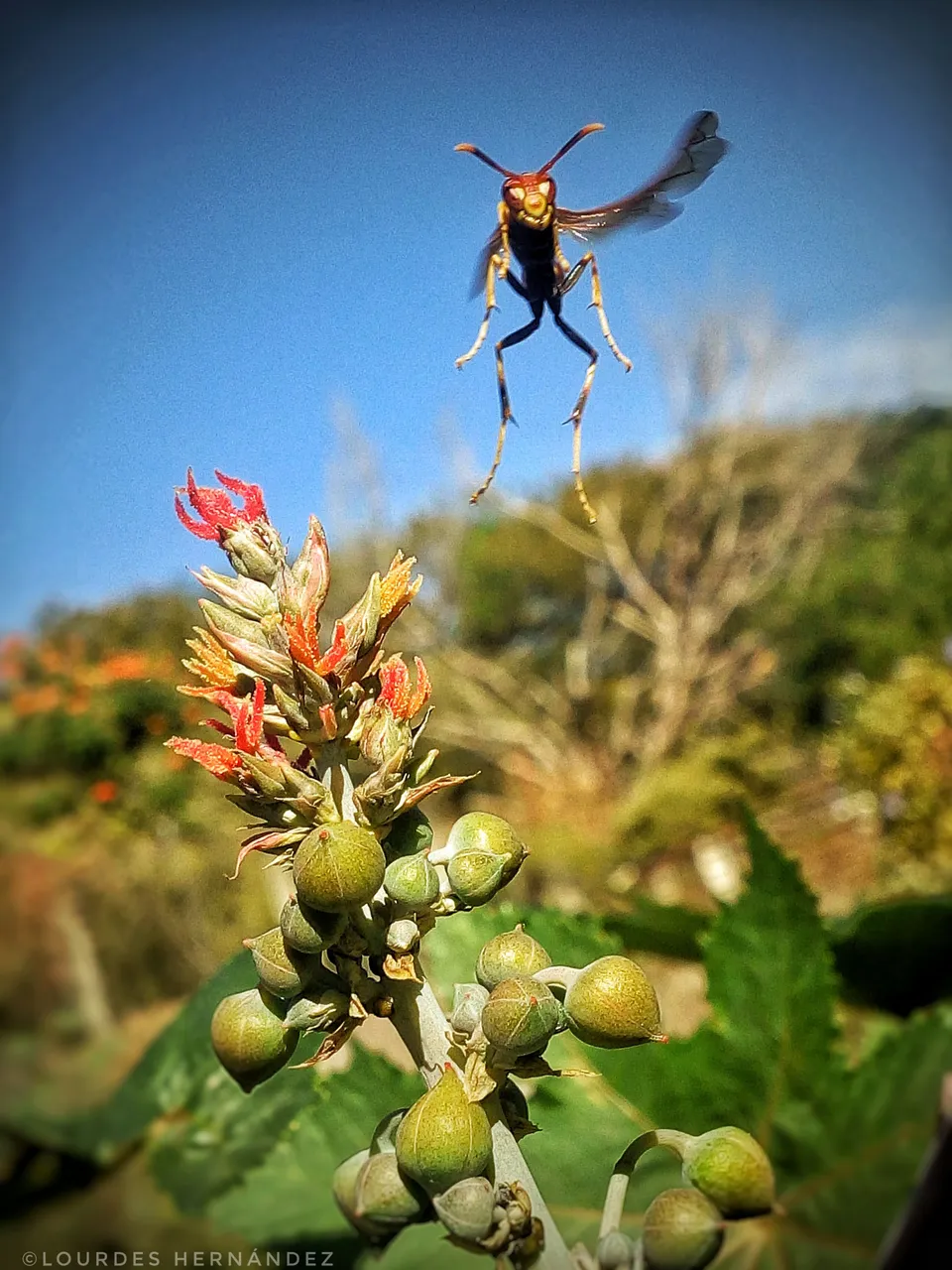
En esta ocasión hago mi entrada a este concurso con la maravillosa avispa guitarrilla (Polistes instabilis).
Esta vez tuve suerte ya que pude hacer unas tomas muy interesantes, según experiencias de mis vecinos las avispas suelen ser bastantes inestables ya que pueden estar bien y de repente cambiar y volverse agresivas.

These wasps tend to be more active in spring since they are the new members that were born in winter and therefore are seen to be more active. In this species there are no morphological differences between workers and queen bees, which tend to be more than one in said species.
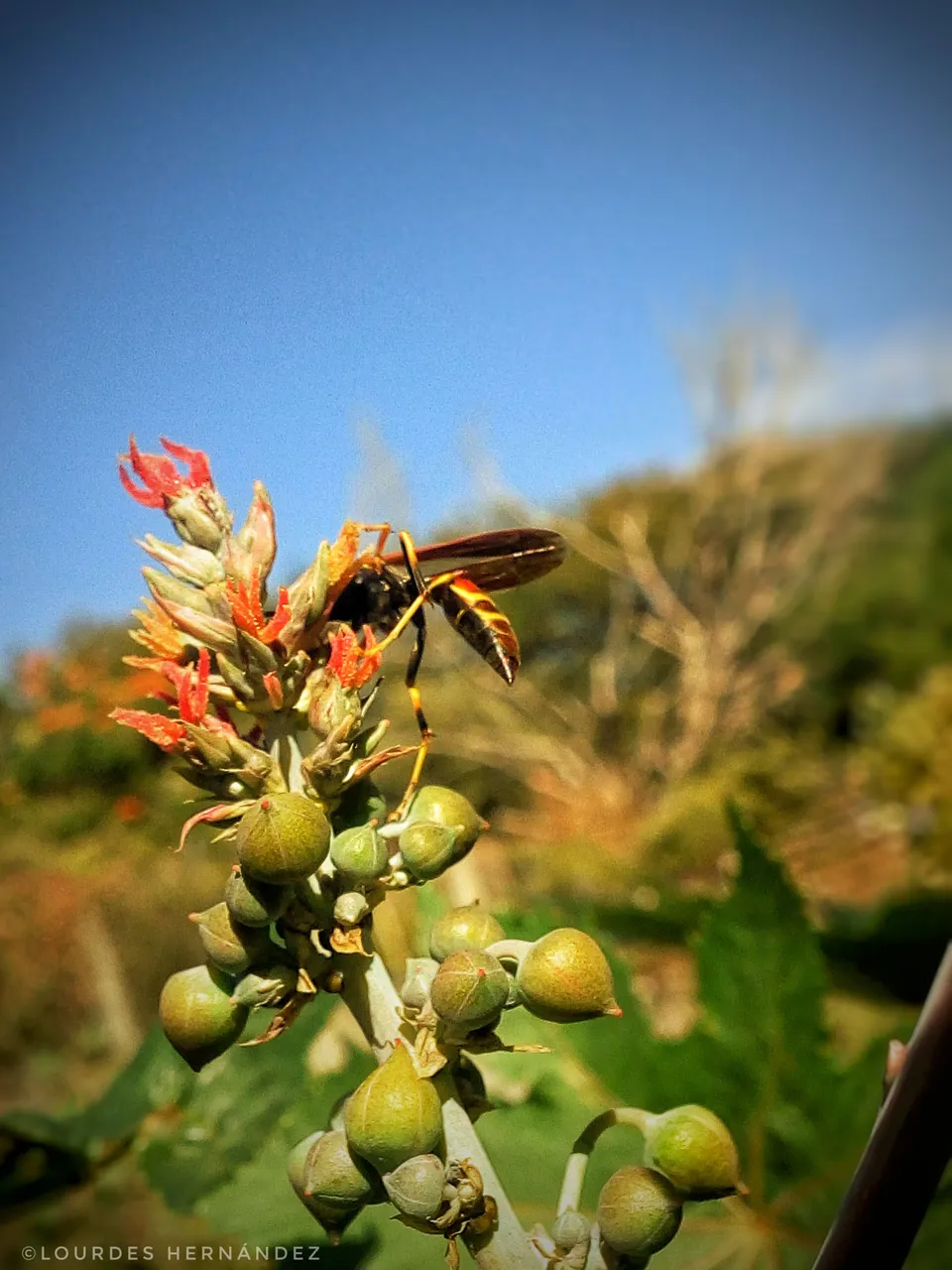
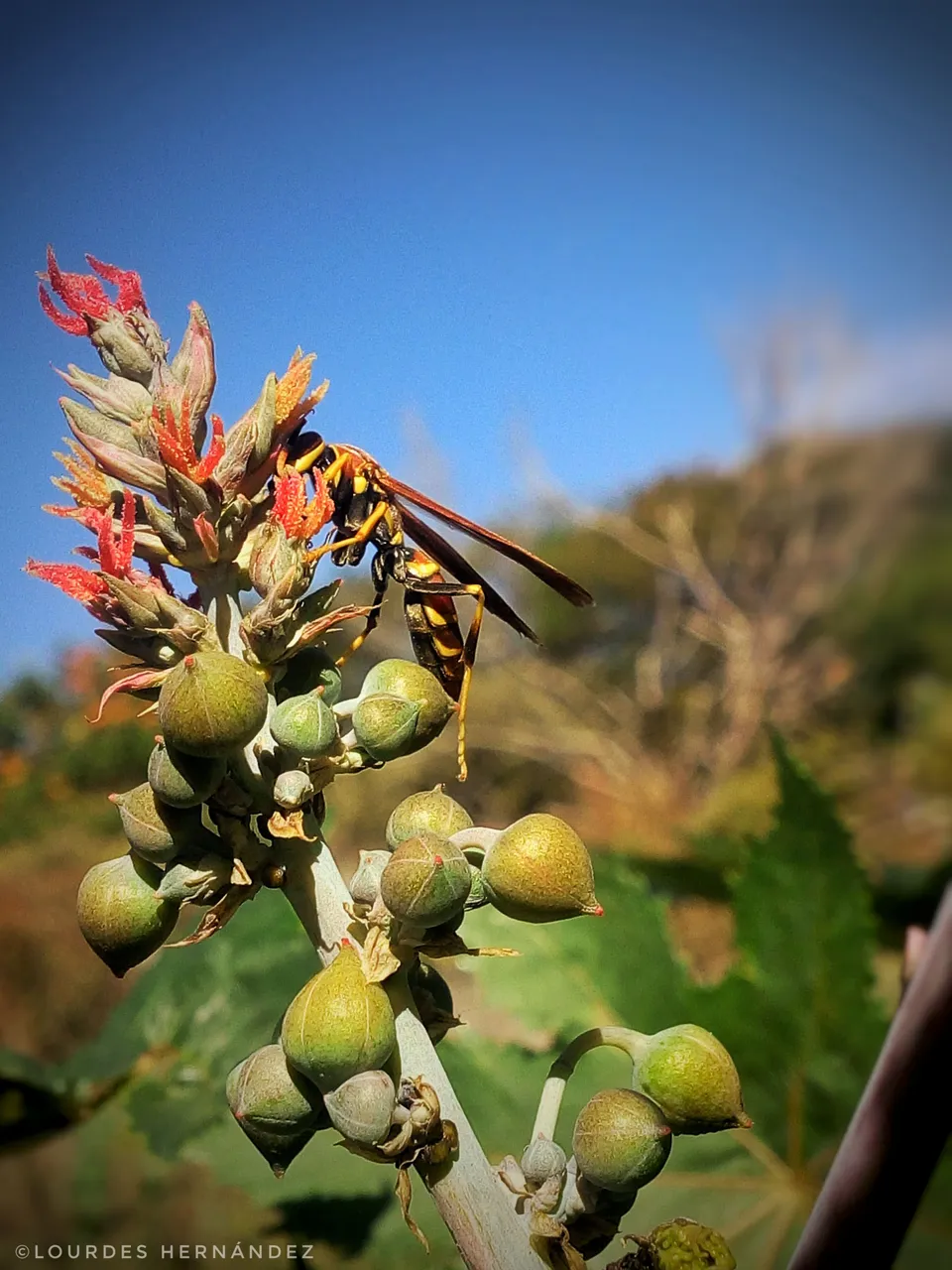
Estas avispas suelen ser mas activas en primavera ya que son los nuevos integrantes que nacieron en invierno y por ello se les ve mas activos. en esta especie no hay diferencias morfológicas entre obreras y abejas reinas que suelen ser mas de una en dicha especie.

You can differentiate them only because the queen bee is more aggressive than the others and the queen wasp is in charge of laying eggs and the worker is in charge of going in search of materials for the nest and food, this species feeds on nectar and caterpillars, its nests are manufactured of paper since they chew bark from certain trees and form the mixture with their saliva.
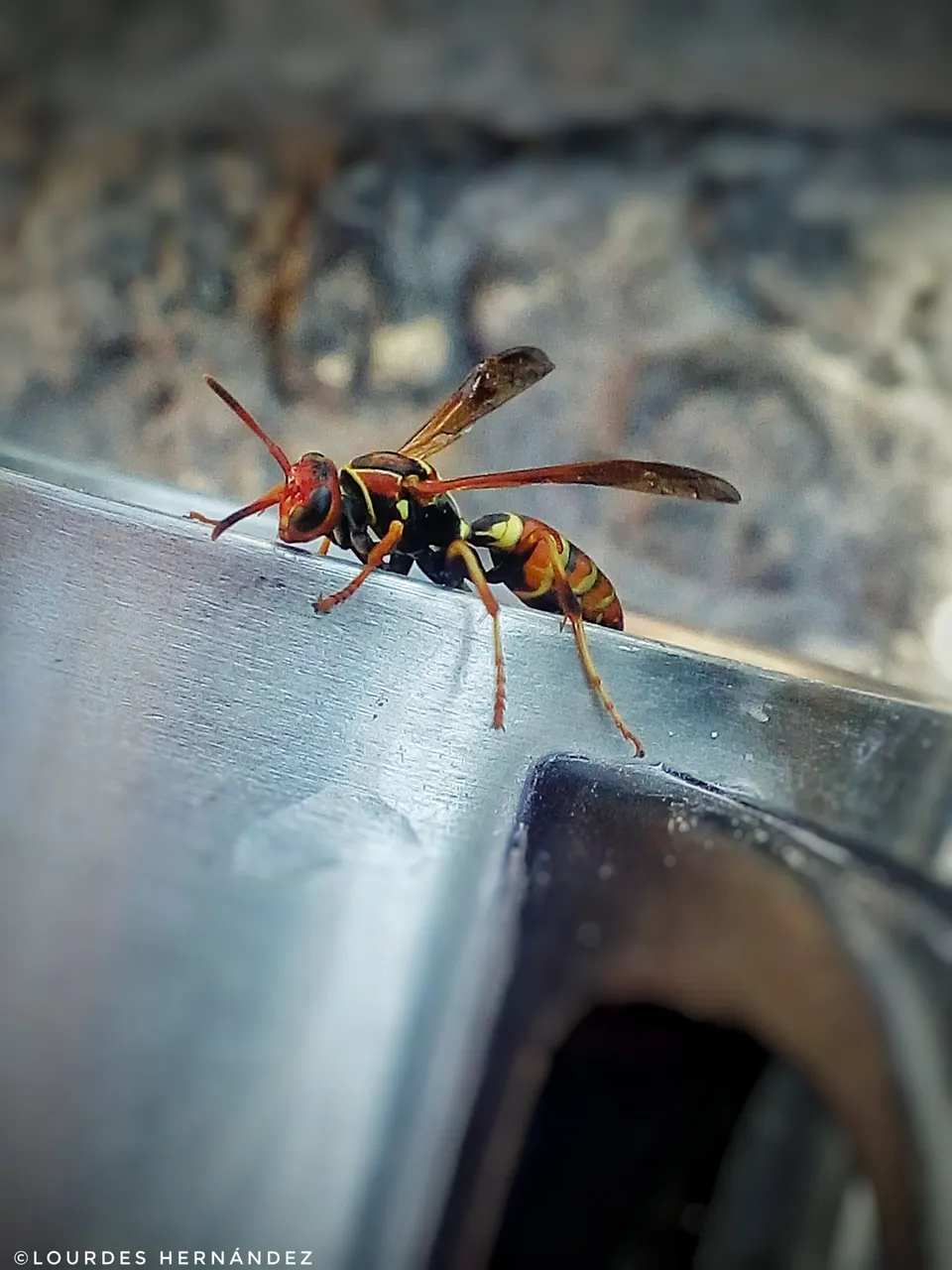
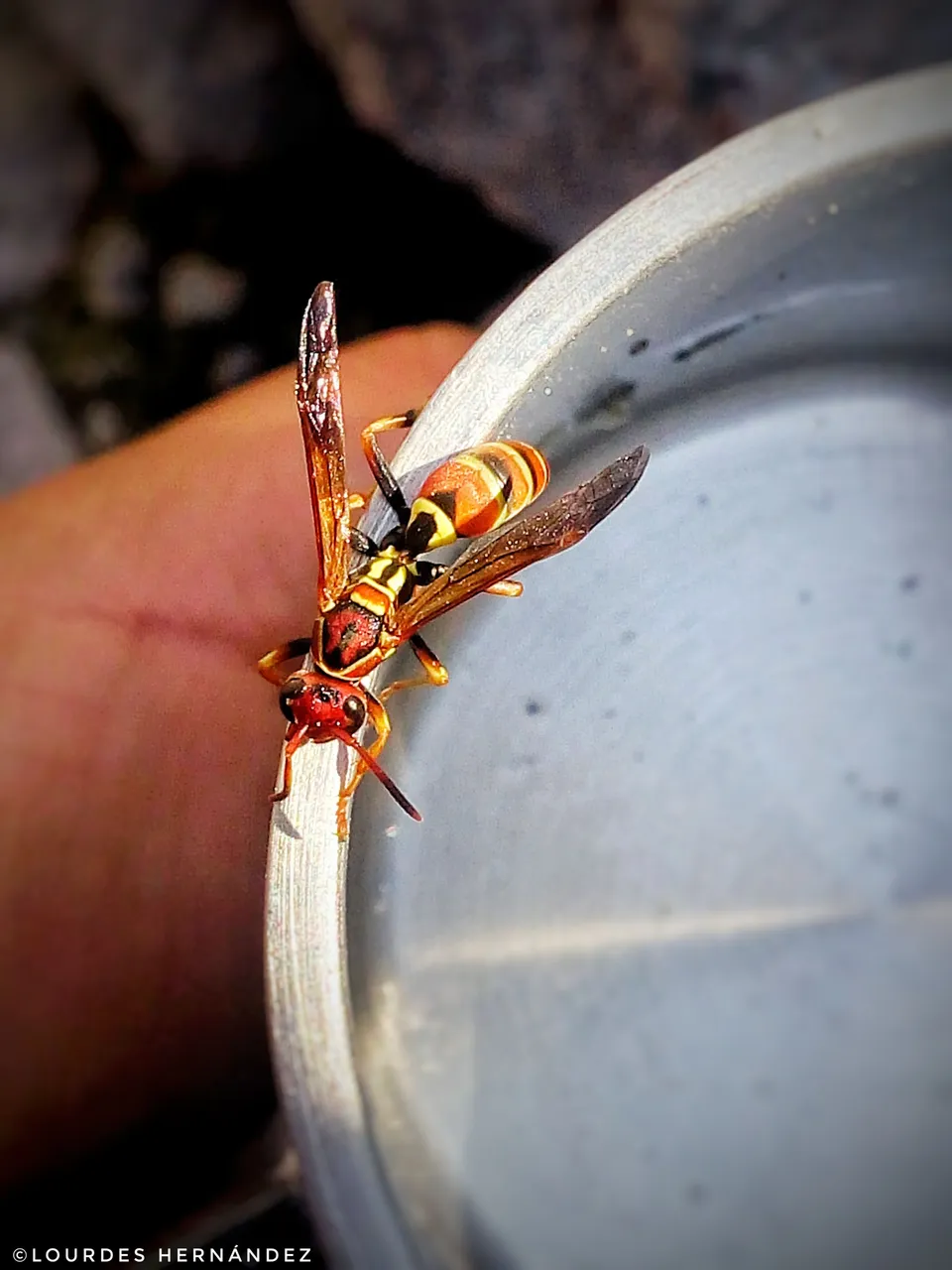
Las puedes diferenciar únicamente porque la abeja reina se observa agresiva que las demás y la avispa reina se encarga de poner huevos y la obrera de ir en busca de materiales para el nido y comida,esta especie se alimenta nectar y orugas, sus nidos son fabricados de papel ya que ellas mastican corteza de ciertos árboles y forman la mezcla con su saliva.

It has been discovered that this species (Polistes instabilis) has a quite special relationship with a tropical shrub called (Croton suberosus) oreja de tigre which produces nectar for pollinators. The workers feed on it, also helping with pollination and at the same time getting rid of the caterpillars that come to the shrub as predators, a joint system of mutual aid.
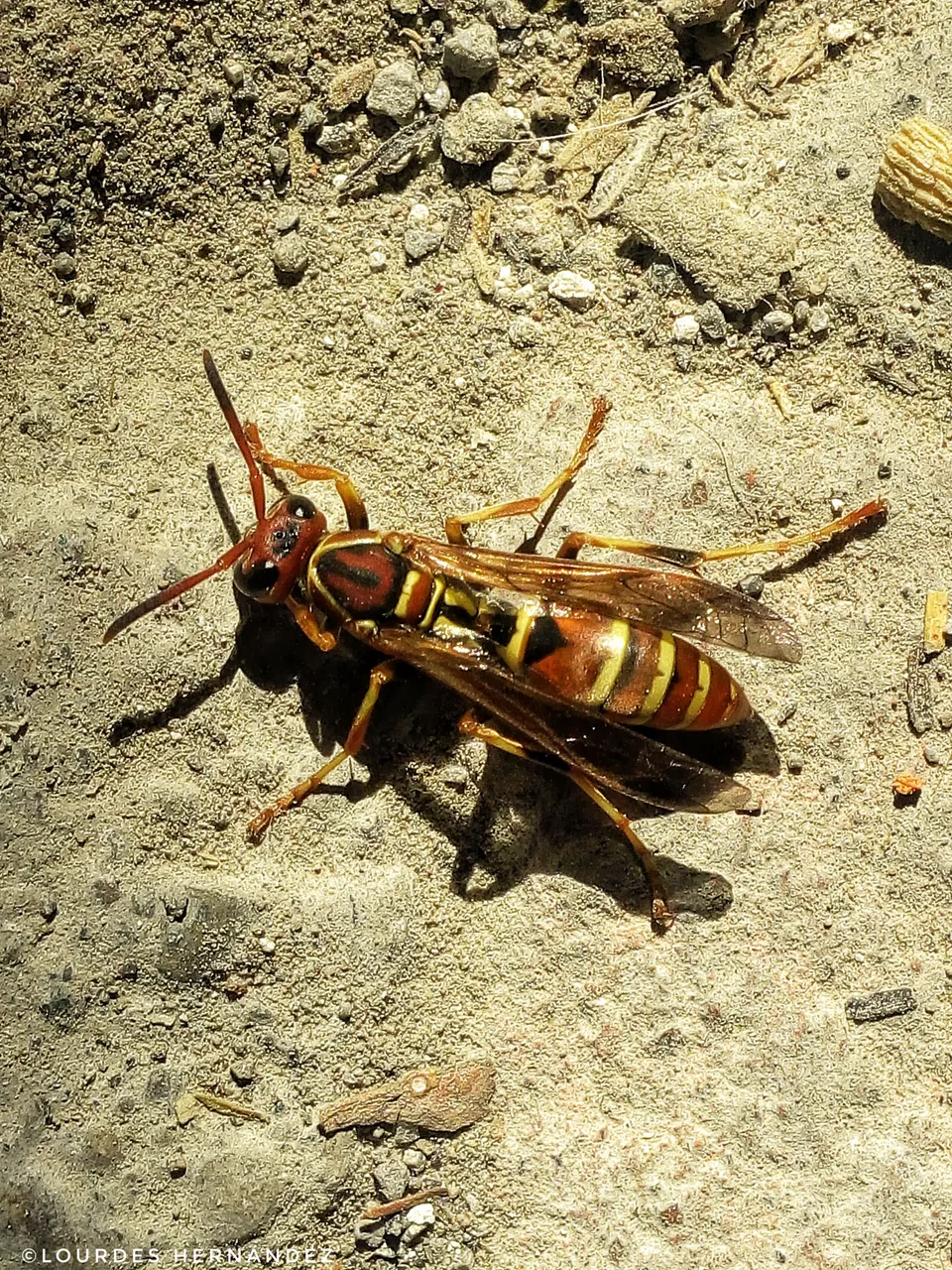
Se ha descubierto que esta especie (Polistes instabilis) tiene una relación bastante especial con un arbusto tropical llamado (Croton suberosus) oreja de tigre el cual produce nectar para los polinizadores. Las obreras se alimentan de él ayudando también a la polinización y al mismo tiempo se deshacen de las orugas que llegan el arbusto como depredadores, un sistema en conjunto de ayuda mutua.

